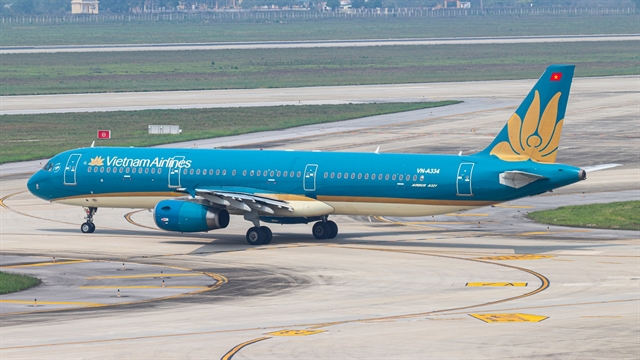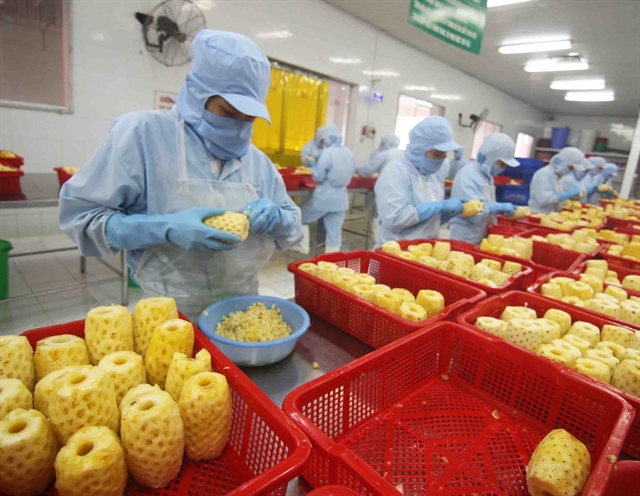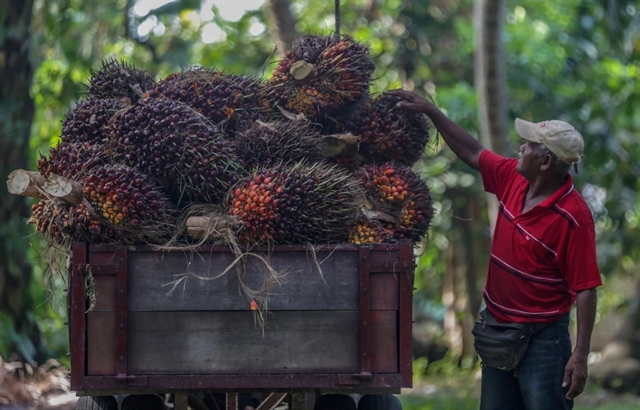 Economy
Economy

Vietnamese businesses are struggling to fulfil export orders as the COVID-19 outbreak hinders purchase of raw materials and production, and are at risk of losing customers.

|
| A factory processing fruits for export in An Giang Province. Businesses around the country are struggling to fulfil their export orders due to problems caused by COVID. VNA Photo Vũ Sinh |
AN GIANG — Vietnamese businesses are struggling to fulfil export orders as the COVID-19 outbreak hinders the purchase of raw materials and production, and are at risk of losing customers.
Agricultural import and export company Angimex in An Giang Province is having difficulty fulfilling its rice export orders in the last few months of the year due to rising transport costs and expenses to house staff to ensure safety from the pandemic.
Trần Vũ Đình Thi, its deputy general director, told Tuổi Trẻ newspaper that the business had incurred losses on some of its export orders due to rising costs.
Đỗ Lập Nghiệp, deputy general director of Nam Việt Corporation, said his company had to export more than 15,000 tonnes of shark catfish this year, and if the pandemic situation does not improve in Việt Nam and An Giang, it would not be able to do so.
Kim Ngân, deputy director of the Thanh Hà Fish Sauce Company, told VnEconomy newspaper the company faced high packaging and transportation costs, and also had to pay workers overtime wages to fulfil its export contracts.
But since prices were fixed, some of its contracts were incurring losses, she said.
According to the Việt Nam Association of Seafood Exporters and Producers, many businesses are also struggling with lack of workers and raw materials due to transport restrictions.
Nguyễn Đình Tùng, general director of Vina T&T, told Tuổi Trẻ newspaper the company was only able to buy and export half its usual fruit products due to stringent restrictions in many provinces that require businesses to close at 6pm every day and house staff.
Farmers were also reluctant to plant crops due to the high costs of inputs, he said.
“We are worried that if we do not have enough goods to supply to overseas customers, they will switch to buying from other countries such as Thailand and Mexico. They will buy less from our market, so we will still struggle to sell even if we stabilise in future.”
HCM City’s exports in the first 10 months of the year fell by 2.2 per cent year-on-year. — VNS




